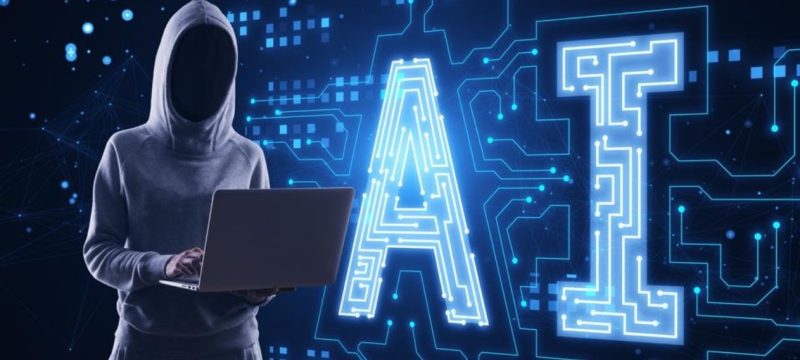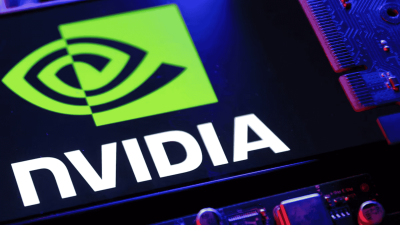After a year of euphoric growth, the artificial intelligence (AI) and cybersecurity industries may be approaching a hard reality check. Analysts and global leaders are warning that the rapid expansion of AI-driven security firms could be nearing a market correction — exposing the risks of overreliance on a few dominant players and speculative valuations.
Bank of England officials and financial experts, including JPMorgan CEO Jamie Dimon, have expressed concerns that AI-related assets are showing signs of “bubble territory.” Former Meta executive Sir Nick Clegg called current AI valuations “crackers.”
Nowhere are these warnings more significant than in cybersecurity — a field that has positioned AI at the heart of both its defense and offense strategies. Tech giants such as Palo Alto Networks and CrowdStrike have reached record valuations, placing the cybersecurity sector at the center of the so-called AI economy.
However, industry insiders argue that any potential “burst” won’t signal a collapse — rather, a refocus toward sustainable, sovereign, and resilient digital defense strategies. As inflated expectations meet operational realities, experts have identified three key fractures that could reshape the cybersecurity landscape.
1. Geopolitics: The Case for Diversified Cyber Sovereignty
The cybersecurity industry’s most valuable players — largely U.S. and Israeli-based — now control the majority of AI-driven security infrastructure worldwide. This growing market concentration raises geopolitical and national security concerns.
Governments are increasingly wary of relying on a handful of global providers for critical defense systems. In response, several nations are strengthening digital sovereignty:
- Europe’s Cyber Resilience Act mandates supply-chain diversification.
- China’s National Cyberspace Strategy 2025 promotes self-reliance in AI security infrastructure.
- Japan’s Economic Security Promotion Act requires domestic alternatives for key defense systems by 2027.
Across regions like Africa, sovereign-cloud initiatives are gaining momentum to localize cybersecurity capacity. For enterprises, this means the time to diversify technology stacks, test alternative architectures, and build regional partnerships is now — before regulation forces it.
2. Cognitive Security: The Real Frontline of AI Threats
While many fear AI-driven cyberattacks targeting critical systems, emerging data suggests that the most immediate threats are cognitive, not technical.
Recent reports from leading AI companies show that the majority of malicious activity involves fraud, phishing, and disinformation, not direct hacking. For instance:
- OpenAI’s 2025 report found state-linked groups using AI to scale propaganda and misinformation.
- Anthropic and Google identified a surge in deepfake-enabled scams and social engineering operations.
The World Economic Forum’s Global Risks Report 2025 ranks misinformation and disinformation as the world’s top short-term threat. Yet, most cybersecurity budgets remain narrowly focused on network protection, leaving organizations exposed to psychological and reputational attacks.
Experts now urge companies to expand their cyber mandates — investing in deepfake detection, information integrity, and identity verification to protect both data and trust.
3. Fundamentals First: AI Doesn’t Replace Cyber Basics
Despite the hype, defending AI systems still relies on time-tested cybersecurity principles.
AI models, data pipelines, and APIs must be secured through standard methods — input validation, access control, and timely patching — just like traditional IT systems.
Recent incidents, such as the Salesloft–Drift breach, underline that most vulnerabilities still stem from third-party integrations, not AI models themselves. Foundational cyber hygiene — like credential management, environment isolation, and software updates — remains the best defense.
Organizations that continue to invest in these fundamentals, rather than chasing speculative AI tools, will build long-term resilience.
A Course Correction, Not a Collapse
Market corrections in technology often mark the start of maturity, not decline.
The dot-com crash gave rise to stronger, more secure digital infrastructure. Similarly, a recalibration of the AI-cyber ecosystem may ultimately strengthen cybersecurity’s focus on resilience and responsible innovation.
The path forward is clear:
- Invest in sovereign resilience before regulation demands it.
- Expand mandates to include cognitive defense and information integrity.
- Reinforce fundamentals that ensure lasting stability beyond AI hype.
In the end, the winners of the post-AI bubble era won’t be those who bought into the hype — but those who mastered discipline, foresight, and foundational strength in cybersecurity.
In other news also read about AI at Work: Fueling the Dark Side of Leadership









